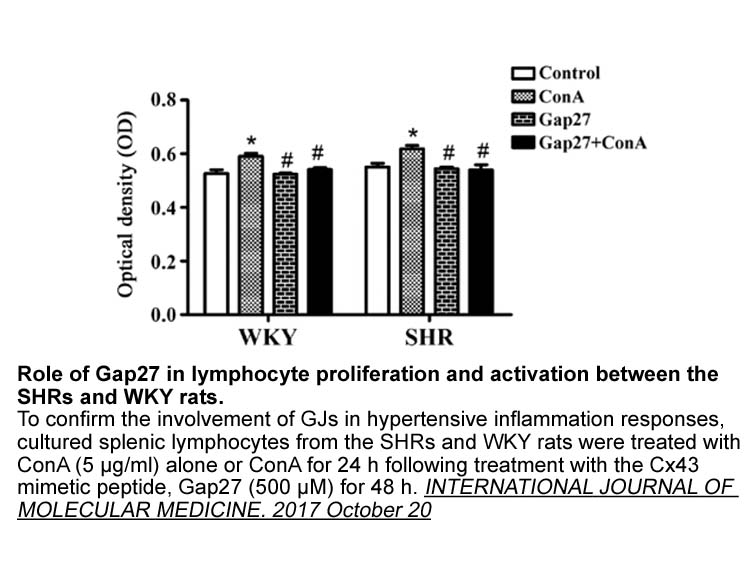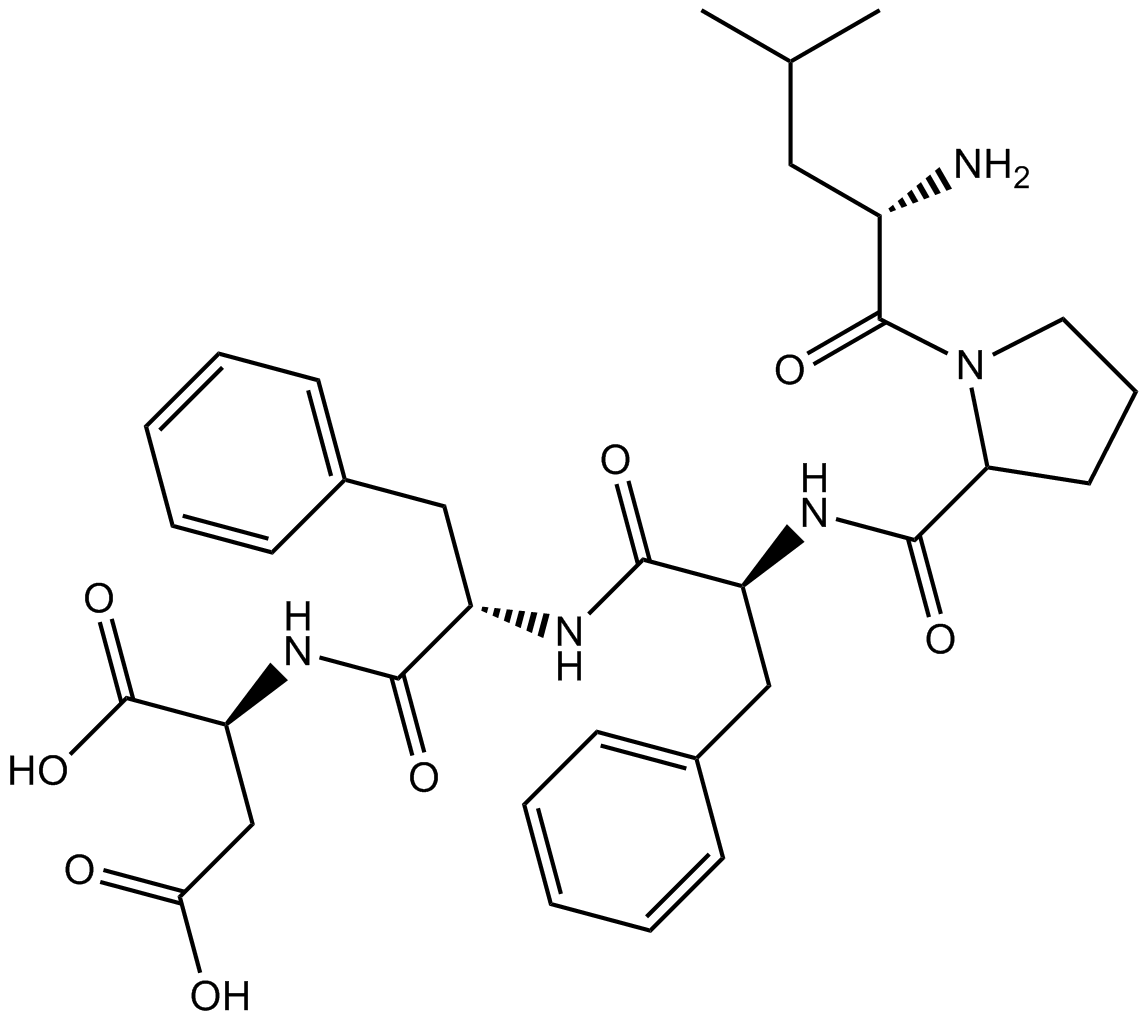Archives
- 2025-12
- 2025-11
- 2025-10
- 2025-09
- 2025-03
- 2025-02
- 2025-01
- 2024-12
- 2024-11
- 2024-10
- 2024-09
- 2024-08
- 2024-07
- 2024-06
- 2024-05
- 2024-04
- 2024-03
- 2024-02
- 2024-01
- 2023-12
- 2023-11
- 2023-10
- 2023-09
- 2023-08
- 2023-06
- 2023-05
- 2023-04
- 2023-03
- 2023-02
- 2023-01
- 2022-12
- 2022-11
- 2022-10
- 2022-09
- 2022-08
- 2022-07
- 2022-06
- 2022-05
- 2022-04
- 2022-03
- 2022-02
- 2022-01
- 2021-12
- 2021-11
- 2021-10
- 2021-09
- 2021-08
- 2021-07
- 2021-06
- 2021-05
- 2021-04
- 2021-03
- 2021-02
- 2021-01
- 2020-12
- 2020-11
- 2020-10
- 2020-09
- 2020-08
- 2020-07
- 2020-06
- 2020-05
- 2020-04
- 2020-03
- 2020-02
- 2020-01
- 2019-12
- 2019-11
- 2019-10
- 2019-09
- 2019-08
- 2018-07
-
Many processes can lead to changes in soil P pools
2020-02-08

Many processes can lead to changes in soil P pools over time. Plant-available P (when measured as DGT P) decreased over time for the INORG-P treatment (Fig. 1a). Orthophosphate can be stabilised with cations such as calcium to produce insoluble phosphates, reducing plant-available P (Bünemann et al.
-
In this study we further investigate how STAT integrate to
2020-02-08

In this study, we further investigate how STAT3 integrate to the core regulatory circuit in ESC pluripotency and differentiation, and identify Mettl8 as a downstream target of STAT3 in mESCs. We discover the role of METTL8 as a negative regulator of JNK signaling in stem cells. Our results provide i
-
Notably we demonstrated that EP EP receptor coupled
2020-02-08

Notably we demonstrated that EP2/EP4 receptor-coupled activation of the cAMP signaling pathway accounted for both up-regulation of COX-2 and down-regulation of LOX, which is consistent with the roles of the cAMP signaling pathway in regulation of COX-2 and LOX by PGE2 in a number of other tissues or
-
Furan analogs and N methylpyrrole analogs had
2020-02-08

Furan analogs and N-methylpyrrole analogs had completely different SARs. For example, replacement of the furan-2-sulfonyl moiety of 6 with the furan-3-sulfonyl moiety resulted in 8 with a decreased EP1 LFM-A13 affinity and an increased antagonist activity, while the corresponding chemical modificat
-
For LAU extracted ion chromatograms of
2020-02-08

For LAU 399, extracted Levonorgestrel chromatograms of the blank, t0, and t120 samples for the diagnostic product ion m/z 163.0216 are provided in Fig. S11, and extracted ion chromatograms of the t120 sample for m/z 163.0216 (diagnostic product ion), and m/z 308.1677 and 306.1522 (metabolites) are s
-
br Conclusions The present study demonstrated that
2020-02-08

Conclusions The present study demonstrated that CuE possesses strong hepatotoxicity. CuE is not only a mechanism-based inhibitor of human CYP3A4, but also inhibits P-gp activity in vitro. In whole animal studies, CuE induces CYP3A and P-gp after a long-term treatment but inhibits the activities o
-
Two are the sigma receptors identified to date the
2020-02-08

Two are the sigma receptors identified to date: the non-opioid receptor, σ1R, and σ2R, whose identity with the Progesterone Receptor Membrane Component 1 (PGRMC-1) protein is in doubt (Chu et al., 2015). Despite endogenous ligands have not been yet identified, drugs of abuse may interact with these
-
The first mammalian mutation linked to
2020-02-08

The first mammalian mutation linked to CR was identified in golden hamsters (Mesocricetus auratus). The mutation was an autosomal allele first described in the late 1980s [8] and was identified using positional cloning [9]. These animals displayed a shortened period length (20h in homozygous animals
-
At one time the biological effects of cAMP
2020-02-08

At one time, the biological effects of cAMP were thought to be mediated exclusively by Protein Kinase A (PKA). Consistent with this, PKA inhibitors have been shown to reverse the effects of cAMP-elevating agents on VSMC proliferation [5]. However, we recently reported that cAMP-mediated inhibition
-
br Introduction Prostaglandin E PGE signals through
2020-02-08

Introduction Prostaglandin E2 (PGE2) signals through 4 separate G-protein coupled receptor sub-types (EP1, EP2, EP3 and EP4) to elicit a variety of physiological and pathophysiologic effects. EP2 and EP4 increase cAMP levels in the cell via adenylate cyclase activation, whereas EP3 inhibits cAMP
-
bez235 br Target enzyme attributes and
2020-02-08

Target enzyme attributes and substrate peptide selection Protein kinases catalyze the phosphorylation of serine, threonine, and tyrosine residues in both proteins and peptides using ATP as the phosphoryl donor. The human kinome is comprised of 518 protein kinases and 40 lipid kinases. The vast ma
-
From materials science it is known that
2020-02-07

From materials science, it is known that the differences in the annealing temperature is the main factor that mostly influences La (Takai et al., 2003, Cançado et al., 2006). In analogy, controlling the pyrolysis temperature and Microcystin-LR during residues burning might be a key aspect to reprod
-
The molecular mechanisms regulating the differentiation of
2020-02-07

The molecular mechanisms regulating the differentiation of Th1 versus Tfh (S)-10-Hydroxycamptothecin from IL-12-stimulated CD4+ T cells remain largely uncharacterized in humans. This topic has been extensively studied in mice (Weinmann, 2014), because IL-12 stimulation promotes mouse naive CD4+ T c
-
br Conclusion In this work experiments were carried out
2020-02-05

Conclusion In this work, experiments were carried out to purify the protein with COX activity, using an anti-mouse COX-2 pAb and a COX activity assay as tools for monitoring the protein responsible for this activity in the parasite. Gp63 enrichment through the affinity column and identification b
-
Dopamine activity in the PFC and striatum may be antagonisti
2020-02-05

Dopamine activity in the PFC and striatum may be antagonistic, meaning that lower levels of dopamine in the striatum tend to correspond to higher levels of dopamine in the PFC and vice versa (Cools and D\'Esposito, 2011; Tunbridge et al., 2006). Human PET studies have reported that dopaminergic PFC
14457 records 881/964 page Previous Next First page 上5页 881882883884885 下5页 Last page